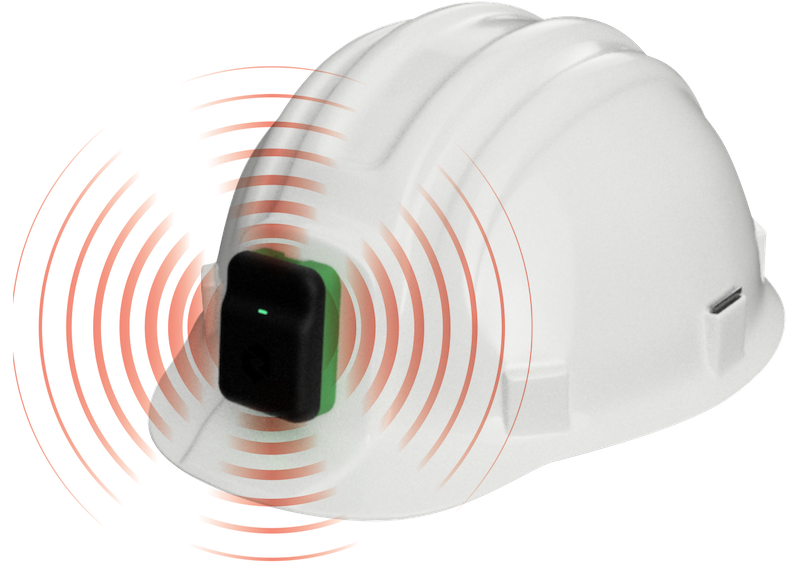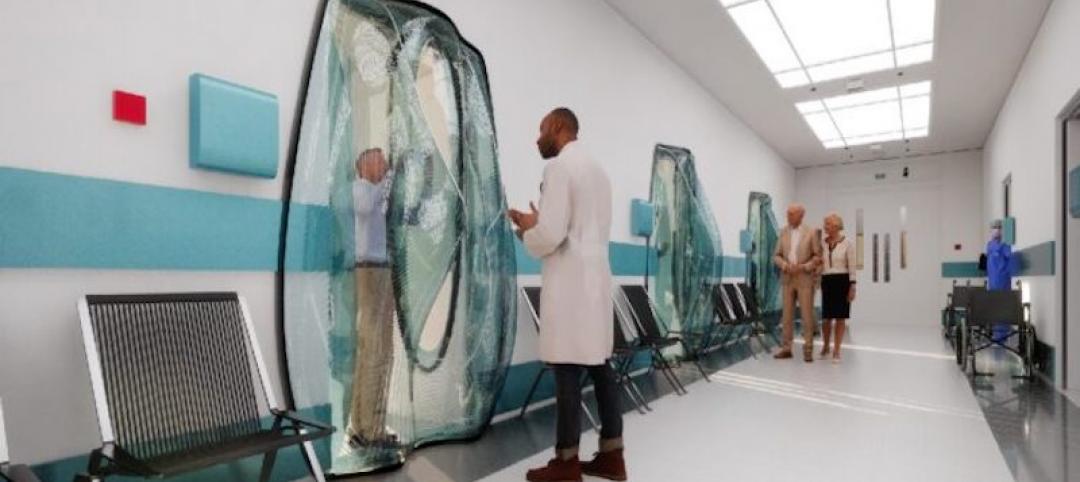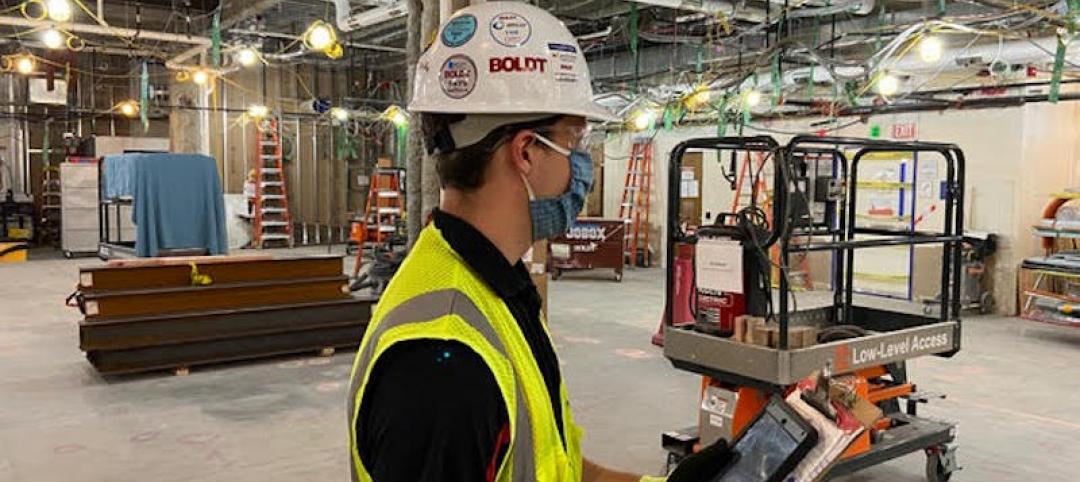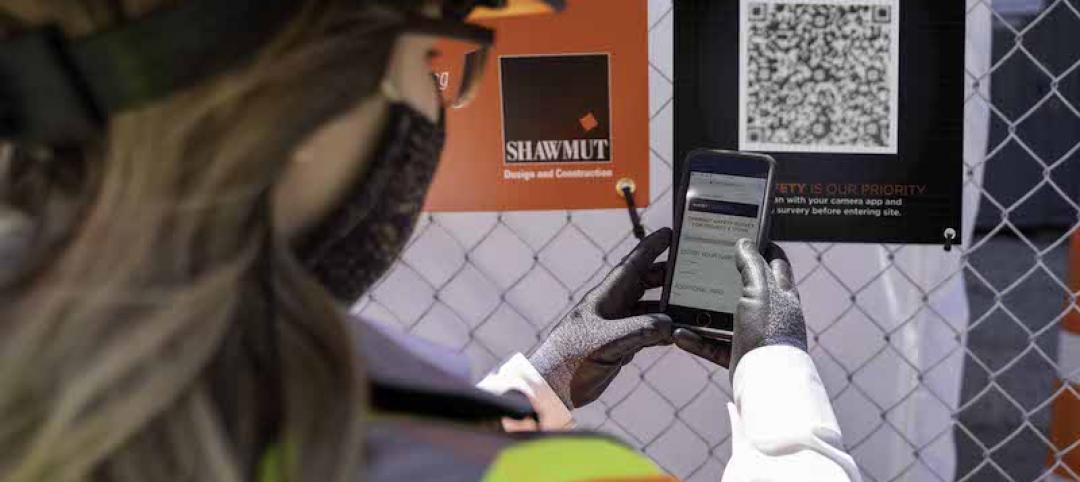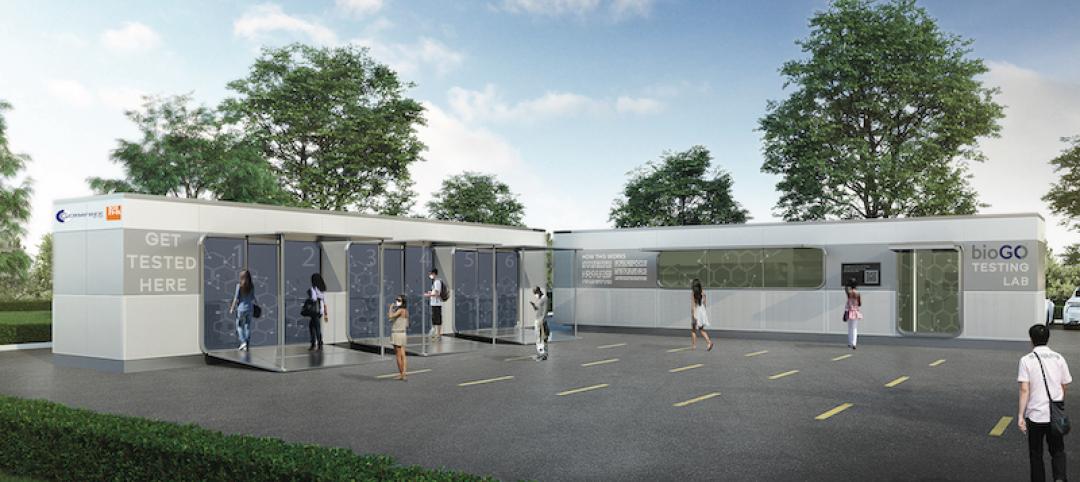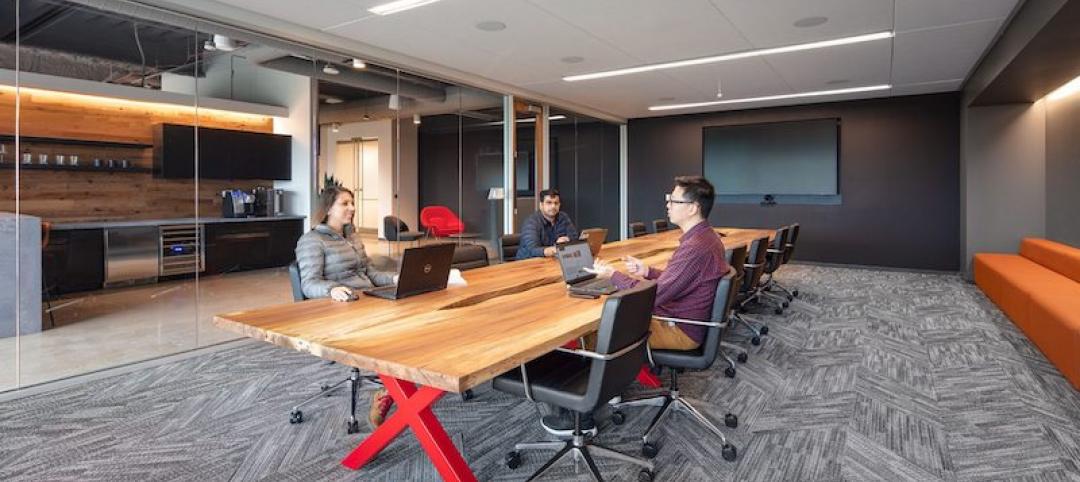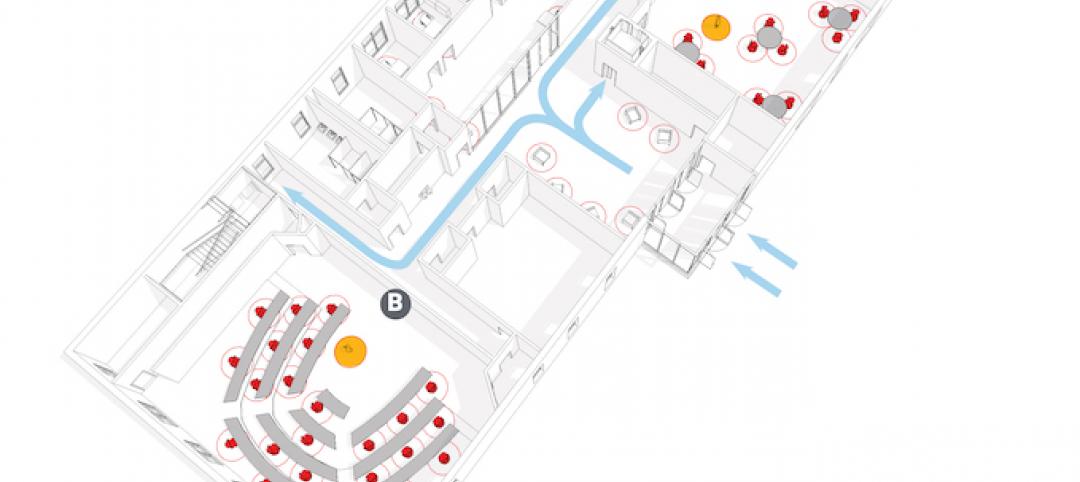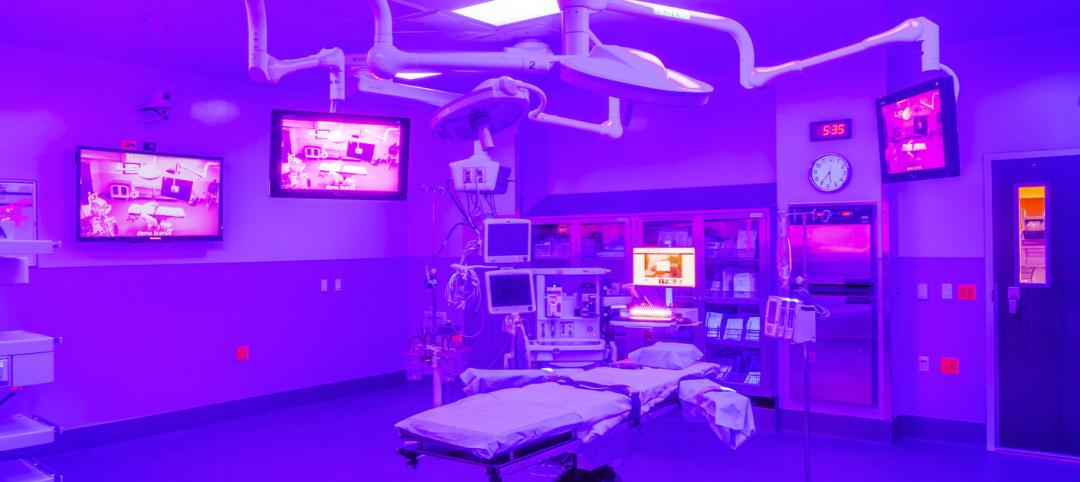Many contractors are asking themselves how social distancing can be executed practically on jobsites so their workers can operate safely. As expected, products are starting to emerge that address these concerns.
For example, SmartVid.io, according to industry news reports, has paired computer vision with its artificial intelligence interface, known as Vinnie, to identify workers who might be working too closely to each other or in packs larger than 10, which would violate OSHA’s social distancing guidelines.
Triax Technologies, which specializes in Internet of Things (IoT) worksite platforms, has launched Proximity TraceTM, an IoT system that provides social distancing alerts and contact tracing—identifying workers with whom confirmed COVID-19 cases came into contact over a period of time—through a wearable device.
The device, which can be attached to a hardhat or worn on the user’s body with a lanyard, offers added protection for essential workers during the pandemic, and can help contractors get their field employees back to work safety.
“Our solution is designed to ease the burden on workers to maintain appropriate distances as part of new safety practices that very well could become the next normal,” says Robert Costantini, Triax’s CEO.
Glibane Building Company, one of the industry’s leading GCs, is in the process of rolling out Proximity Trace devices to its active jobsites. “Worker safety is our top priority, so we were thrilled to hear that our technology partner Triax developed a solution to address the social distancing and contact tracing problems the industry is facing during COVID-19,” says Jason Pelkey, Gilbane’s senior vice president and Chief Information Officer.
The system’s details include:
•TraceTag, a real-time audible alert for close contact interactions, which the device records for contact tracing. The device’s rechargeable battery has weeks, even months, of battery life.
•Cellular gateways for logging headcount and attendance. These data are transmitted to the company’s cloud.
•A real-time audible alert and flashing red LED that activate when worker interaction is registered. This function can be turned off for contact tracing only. And an escalation alert beeps for timely distance correction.
•A data dashboard for worker profile management, device management and administration, and for producing contact tracing reports. The data include timestamps, the duration of interaction, and number of participants.
Proximity Trace does not rely on a client’s WiFi or internet service.
Triax states that its goals for Proximity Trace are to provide a proactive system to support and condition workers to comply with social distancing guidelines. The system can help companies passively collect worker interactions and duration to automate and digitize contact tracing. The system provides information needed to guide COVID-19 protocols at essential facilities. And it supports companies’ efforts to limit the spread of infection by identifying so-called “Subject 1” candidates who have been in contact with people whose COVID-19 exposure is confirmed.
Related Stories
Coronavirus | Jun 23, 2020
A look back at design standard shifts: ADA vs. COVID-19
The short story is official design guidelines are slow to be developed and made into law.
Coronavirus | Jun 23, 2020
WATG designs solution for isolating without sacrificing social connectivity
The design was inspired by oriel bay windows.
Coronavirus | Jun 22, 2020
Boldt creates an innovation task force to speed up safe opening of jobsites, 14 offices
Boldt creates an innovation task force to speed up safe opening of jobsites, 14 offices
Coronavirus | Jun 19, 2020
Experts address COVID-19's impact on nursing homes and schools on The Weekly
The June 18 episode of BD+C's "The Weekly" is available for viewing on demand.
Coronavirus | Jun 18, 2020
Brown University tops off first housing building in three decades
The facility, scheduled for completion next April, will combine a residence hall with student health services.
Coronavirus | Jun 17, 2020
HOK and Germfree partner to design mobile COVID-19 testing lab
Access to quick, reliable, and repeated testing has been one of the greatest challenges for businesses, institutions and individuals during the COVID-19 crisis.
Coronavirus | Jun 17, 2020
Guiding changes in the workplace: Past, present, and future
Since the COVID-19 pandemic, many companies are managing sudden change as they assess the impact on workplace design and how people use spaces.
Coronavirus | Jun 14, 2020
A new report on how campus buildings can reopen safely
Leo A Daly white paper suggests dividing students into smaller “cohorts,” and assigning bathroom spaces.
Coronavirus | Jun 12, 2020
BD+C launches 'The Weekly,' a streaming program for the design and construction industry
The first episode, now available on demand, features experts from Robins & Morton, Gensler, and FMI on the current state of the AEC market.
Coronavirus | Jun 9, 2020
Going viral: How the coronavirus pandemic could change the built environment
Architecture and construction firms—and their clients—are asking new questions about infection control as it pertains to people assembly, building wellness, and technology.


